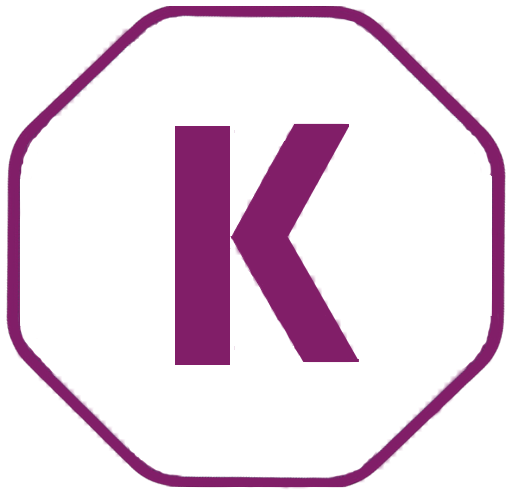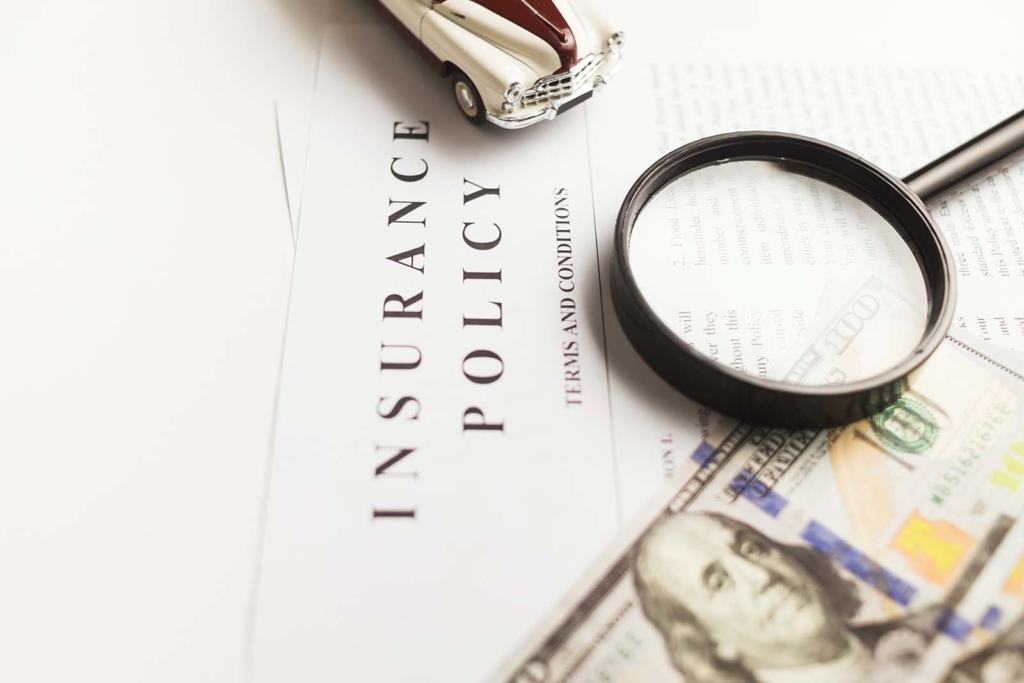Home insurance is an essential protection for homeowners, as it safeguards their property against unexpected damage, theft, or loss. However, many homeowners may not fully understand their home insurance policy’s coverage and limitations. As a result, they may find themselves surprised by what their policy covers or, more importantly, what it does not cover. In this article, we will discuss some of the common features and benefits of home insurance policies, as well as some lesser-known benefits that you may not be aware of.
It is essential to understand the types of coverage that a typical home insurance policy provides. There are three primary types of coverage: dwelling coverage, personal property coverage, and liability coverage.
Dwelling coverage protects the physical structure of the home and any attached structures such as a garage or a shed. This coverage will reimburse the homeowner for the cost of repairing or rebuilding the home in the event of damage caused by events such as fire, hail, windstorms, or other covered perils.
Personal property coverage, on the other hand, protects the homeowner’s belongings, including furniture, appliances, electronics, and clothing, if they are damaged or stolen. For example, if your laptop is stolen from your car, your home insurance policy may provide coverage for its replacement. It is important to note, however, that there may be limits to the amount of coverage provided for certain types of personal property, such as jewelry or fine art. If you have high-value items, you may need to purchase additional coverage, known as a “rider,” to ensure that they are fully protected. The coverage limit for personal property is typically a percentage of the dwelling coverage limit, but it can be increased if needed.
Liability coverage provides protection for the homeowner if someone is injured on their property or if they accidentally cause damage to someone else’s property, their home insurance policy will cover the costs of any legal claims or settlements. Additionally, some policies also provide coverage for “loss of use,” which means that if your home is damaged to the point where it is uninhabitable, your policy will cover the costs of temporary housing and living expenses while your home is being repaired.
Now that we have covered the three primary types of coverage, it is important to know what events are covered under each type of coverage. A standard home insurance policy typically covers damage caused by fire, lightning, windstorms, hail, explosions, theft, vandalism, and other covered perils. However, there are exclusions to coverage, such as damage caused by floods, earthquakes, and acts of war.
There are also some lesser-known benefits of home insurance that you may not be aware of. For example, some policies provide coverage for damage caused by earthquakes or other natural disasters, which may not be included in a standard policy. Additionally, some policies provide coverage for identity theft, which can be a major concern in today’s digital age.
It is important to review your home insurance policy regularly to ensure that you understand the coverage it provides and to make any necessary updates or changes. For example, if you have recently made renovations or upgrades to your home, you may need to increase your coverage to ensure that your policy adequately reflects the value of your property. Similarly, if you have acquired new personal property, such as jewelry or artwork, you may need to purchase additional coverage to protect those items.
Home insurance policies vary from country to country
Kenya: Home insurance policies may include coverage for additional perils such as riots and strikes, loss of rent, and personal liability. The cost of the policy is usually based on the value of the property, the location, and the level of coverage required.
Uganda: Home insurance policies may also provide coverage for damage caused by burglary and theft, personal liability, and alternative accommodation. However, some policies may not cover damage caused by natural disasters such as floods, which are common in the country.
Tanzania: Home insurance policies typically cover damage caused by fire, lightning, and explosion, and may also provide coverage for theft and natural disasters such as floods and earthquakes. However, coverage for other perils may be limited or excluded, and it is essential to read the policy document carefully.
Rwanda: Home insurance policies may cover damage caused by fire, lightning, and explosion, as well as natural disasters such as floods and earthquakes. Some policies may also provide coverage for theft and personal liability, but it is crucial to check the policy document for specific coverage details.
Nigeria: Home insurance policies may provide coverage for damage caused by fire, lightning, and explosion, as well as natural disasters such as floods and earthquakes. Some policies may also provide coverage for theft, personal liability, and alternative accommodation. However, the coverage provided may vary depending on the insurance provider and the policy purchased.
South Africa: Home insurance policies typically cover damage caused by fire, lightning, and explosion, as well as natural disasters such as floods and earthquakes. Some policies may also provide coverage for theft, personal liability, and alternative accommodation. However, the coverage provided may vary depending on the insurance provider and the policy purchased.
Ghana: Home insurance policies may cover damage caused by fire, lightning, and explosion, as well as natural disasters such as floods and earthquakes. Some policies may also provide coverage for theft, personal liability, and alternative accommodation. However, the coverage provided may vary depending on the insurance provider and the policy purchased.
United States: Home insurance policies typically cover damage caused by a variety of perils, such as fire, theft, and certain types of water damage. However, damage caused by floods and earthquakes is generally not covered and requires separate policies. Additionally, many policies have deductibles, which means that you will need to pay a certain amount out of pocket before your insurance kicks in.
United Kingdom: Home insurance policies are typically divided into two types: buildings insurance and contents insurance. Buildings insurance covers the structure of your home, including the roof, walls, and floors. Contents insurance covers the items inside your home, such as furniture, electronics, and personal belongings. In some cases, these two types of insurance can be purchased separately, but they are often bundled together in a single policy.
Australia: Home insurance policies typically cover damage caused by a range of perils, including fire, theft, and certain types of water damage. However, damage caused by floods and earthquakes is generally not covered and requires separate policies. Additionally, some policies offer optional extras, such as coverage for accidental damage or personal valuables.
Canada: Home insurance policies typically cover damage caused by a variety of perils, such as fire, theft, and certain types of water damage. However, damage caused by floods and earthquakes is generally not covered and requires separate policies. Additionally, many policies have deductibles, which means that you will need to pay a certain amount
Home insurance is an important investment for homeowners, providing protection for both your property and your personal liability. By understanding the coverage provided by your policy and any additional benefits that may be available, you can ensure that you are fully protected in the event of an unexpected incident. Review your policy regularly and consult with your insurance agent to make any necessary updates or changes to ensure that you have the coverage you need.












